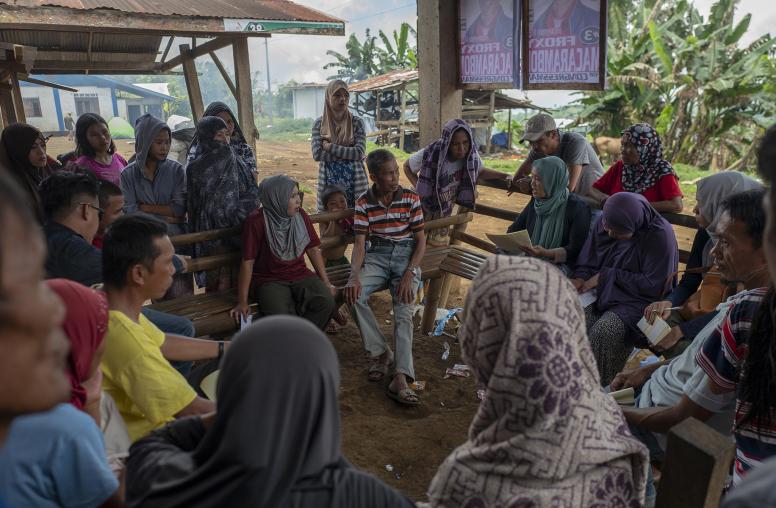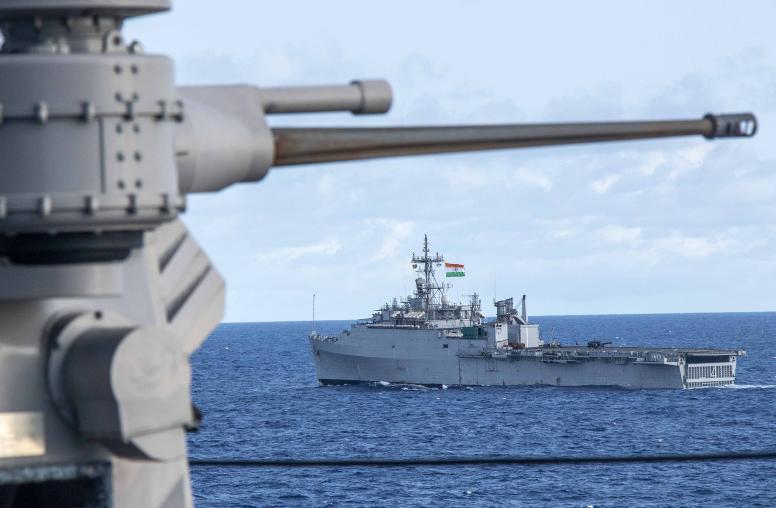International Terrorism: Definitions, Causes and Responses
Dealing with terrorism has become the centerpiece of U.S. foreign policy today. Yet terrorism, its definition, causes, and methodsof dealing with it, has rarely been dealt with in high school courses. The Institute has developed this guide to assist teachers in helping their students identify and understand terrorism. The teaching guide provides teachers with lesson plans, bibliographic sources, and factual material that address the varying views and definitions of terrorism, some of terrorism's possible origins, and different ways in which terrorism may be addressed.

Teaching Guide on International Terrorism: Definitions, Causes and Responses
Dealing with terrorism has become the centerpiece of US foreign policy today. Yet, terrorism, its definition, causes and methods of dealing with it, has rarely been dealt with in high school courses. In an effort to assist teachers in helping their students identify and understand terrorism the United States Institute of Peace has developed a three lesson plan entitled Teaching Guide on International Terrorism: Definitions, Causes and Responses.
The teaching guide is aimed at grades 11 and 12 with the objective of providing teachers with lesson plans, bibliographic sources, and factual material to assist them in understanding the varying views and definitions of terrorism, some of terrorism's possible origins and different ways in which terrorism may be addressed.
This teaching guide contains three lessons
Lesson One - Defining Terrorism focuses on student responses to terrorism, and engages students in a discussion on defining terrorism. It can be completed in one to two periods.
Lesson Two - Causes of Terrorism examines some possible sources of motivation for terrorism. Central to the exercise is to show students that terrorism can emerge from a variety of motivations. Lesson two can be completed in one class period.
Lesson Three - Responses to Terrorism engages students in a creative problem solving exercise to examine a range of possible responses to terrorism. Students are also asked to evaluate the utility and consequences of their stronger ideas. This exercise can be completed in one class period.
Supplemental Internet materials are also available.
Download the Teaching Guide
The guides are in PDF format. To view or print them you need Adobe Acrobat. The software can be downloaded for free from Adobe's web site.
Teaching Guide on International Terrorism: Definitions, Causes and Responses (166K)
Web Based Materials on Terrorism




